Decentralized GPU projects are gaining traction as they aim to make computing resources more accessible and affordable for a wider range of users. By pooling GPU power from multiple sources, these projects promote a more equitable distribution of resources, breaking away from the traditional centralized model where a select few control most of the computational power.
The demand for decentralized GPUs is fueled by their versatility in supporting various applications such as cryptocurrency mining, data processing, machine learning, and more. As the need for computational power continues to grow alongside the expanding digital landscape, decentralized GPU projects are poised to play a crucial role in meeting this demand while ensuring more decentralized and fair access to GPU resources.
In this article, we will explore the top five decentralized GPU projects, examining their distinct features and how they contribute to the democratization of computational power in today's digital age.
1. Render Network
The Render Network operates as a decentralized and peer-to-peer solution, utilizing idle GPUs globally to facilitate rendering tasks. This distributed GPU rendering network, powered by leading software from OTOY Inc., connects users in need of rendering services with individuals possessing unused GPUs. This creates a marketplace where developers, artists, and providers can earn RNDR Tokens by utilizing their idle GPUs for rendering jobs. These tokens can be used within the network, offering infrastructure elasticity for quick scaling or handling compute-intensive tasks like ultra-high resolution, VR, AR, and light field jobs.
Render Network streamlines the rendering and streaming of virtual content, making it more accessible for users to engage with immersive 3D environments and models. Its applications extend to artificial intelligence, gaming, and augmented reality, with diverse uses in industries such as movies, videos, games, entertainment, and AR/VR. Notably, the Render Network gained attention when a product linked to it, Octane X, was highlighted during an Apple event. Octane X, a GPU rendering feature on the Mac App Store, is associated with the RNDR token, as OTOY is the driving force behind both products and the Render Network.
2. Akash Network
The Akash Network functions as a decentralized marketplace for cloud computing, utilizing the unused capacities of data centers to offer affordable, secure, and censorship-resistant computing solutions. By establishing a competitive environment for cloud resources, Akash effectively lowers costs in comparison to traditional cloud providers. The protocol enables individuals with computational resources to lease them to those in need, creating a mutually beneficial situation for both providers and users.
The operational mechanism relies on a set of open-source and blockchain-based protocols. At its core, Akash employs a decentralized exchange (DEX) for compute resources. Providers list their available resources on this exchange, and users bid for these resources. Smart contracts on the blockchain formalize the agreements between providers and users, ensuring transparency and trust in interactions.
3. Spheron Network
Spheron Network is a decentralized computing platform that strives for fairness, making distributed resources accessible to all. Spheron Compute presents a robust and cost-effective alternative to centralized cloud services, priced at just one-third of the traditional cost. The goal is to democratize public cloud access, offering a more sustainable model for computing. The Spheron platform allows organizations and developers to deploy, run, and scale based on their needs, free from the limitations of centralized cloud environments.
Spheron satisfies decentralized requirements by providing Private images, Auto-scale instances, Scale on demand, Real-time instance metrics, Faster GPUs, Free Bandwidth, Terraform Providers and SDKs, Instance health checks, activity, shell access, and more. Spheron provides add-on storage solutions for long-term data storage and edge bandwidth acceleration through its global CDN. With Spheron, you can easily set up your nodes in just a few minutes and enjoy low maintenance and operations costs and a great developer experience.
Spheron provides GPUs like Nvidia V100, A100, A4000, Tesla T4, 3060, 1080Ti, 30770, 3090,3080 and has recently introduced a series of groundbreaking updates that have significantly enhanced the platform's capabilities! Spheron has scaled up its computing power in the US-East and West regions from 256 to over 1000 CPUs. Plus, they have expanded their global reach by adding a new APAC region in Singapore. This means you can enjoy faster and more efficient computations no matter where you are.
4. Gpu.net
GPU.Net, a newcomer in the decentralized GPU services domain, is trying to bridge the gap between the increasing demand for GPU computational resources and the available supply. At its core, GPU.Net aims to build a decentralized network of GPU resources, establishing a shared economy of computational power.
A key element in GPU.Net's functioning is its native GPU token, serving as the currency within its ecosystem. With a total supply of 200 million tokens, the GPU token facilitates transactions within the network, allowing users to pay for GPU resources or earn by contributing their GPU resources to the network.
The surging demand for GPU resources, particularly emphasized by the growth of generative AI/ML models and AI language models like ChatGPT, highlights the market potential of GPU.Net's services. For example, training advanced AI/ML models such as ChatGPT requires a substantial number of GPU machines, reaching up to approximately 10,000 H100 GPU machines.
5. Wynd Network (Grass)
The Wynd Network is at the forefront of decentralized AI initiatives, integrating blockchain technology with AI to drive projects in this space. Their primary offering, Grass, stands out as a decentralized web scraping network designed to convert public web data into AI datasets. This process, leveraging millions of home internet connections, plays a pivotal role in developing AI models across various industries. Grass serves as a decentralized AI oracle, ensuring transparency and fair compensation for datasets.
Beyond its role in AI, Grass serves as a decentralized residential IP proxy, enabling users to monetize their idle bandwidth. Currently, in an incentivized beta phase, Grass invites users to participate and contribute to shaping this innovative model.
Grass aims to disrupt the centralized proxy market by providing a more equitable, transparent, and secure alternative. Participants in the network are rewarded with tokens, offering both compensation and governance rights, fostering a fair and collaborative environment within the decentralized GPU projects initiated by Grass.
Conclusion
In conclusion, decentralized GPU projects are revolutionizing the way computing resources are accessed and utilized. By harnessing the power of blockchain technology, these projects are creating a more equitable and democratic system for computing resources, making them more accessible to a broader range of users. From the projects discussed in this article, it is clear that there is a growing trend toward decentralization in the tech industry, and decentralized GPU projects are at the forefront of this movement.
Moreover, decentralized GPU projects are not just about providing computing resources but also about building communities and creating new opportunities for innovation. They are enabling developers and entrepreneurs to create new applications and services previously impossible due to the lack of access to computing resources.
As the world increasingly relies on technology, decentralized GPU projects' importance cannot be overstated. They are creating a more level playing field for computing resources, ultimately leading to a more equitable and prosperous society. The future of computing looks bright with the emergence of decentralized GPU projects, and we can expect to see even more innovative solutions in the coming years.


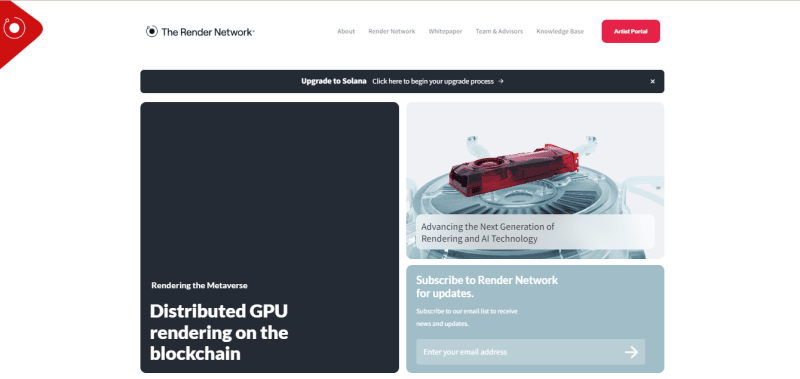
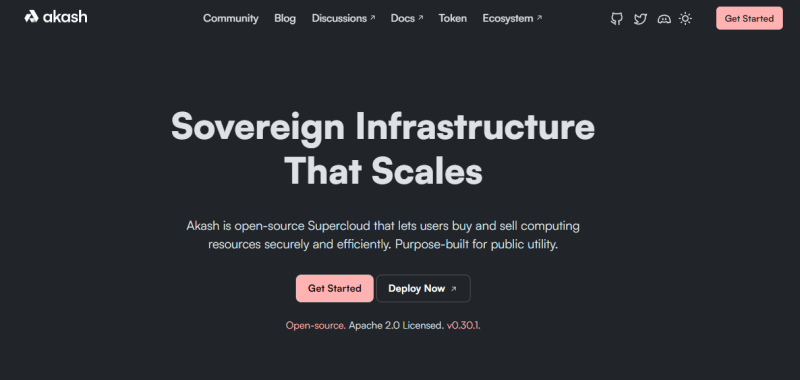
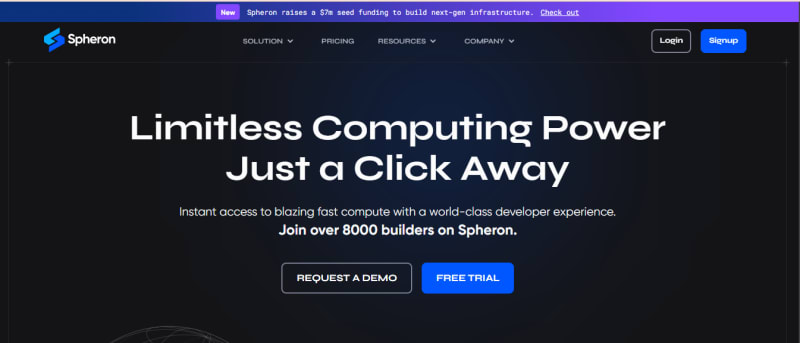
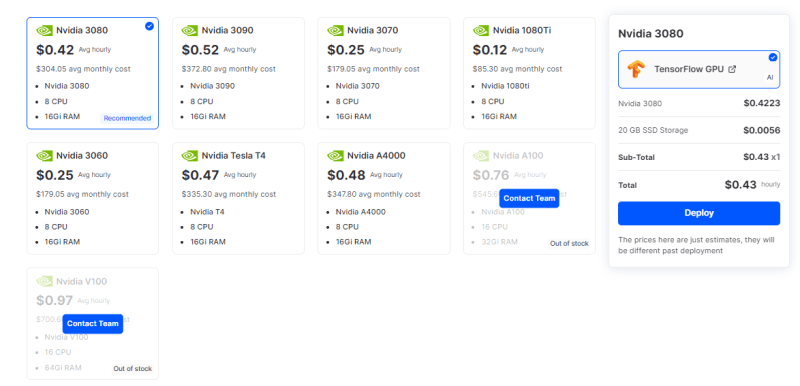
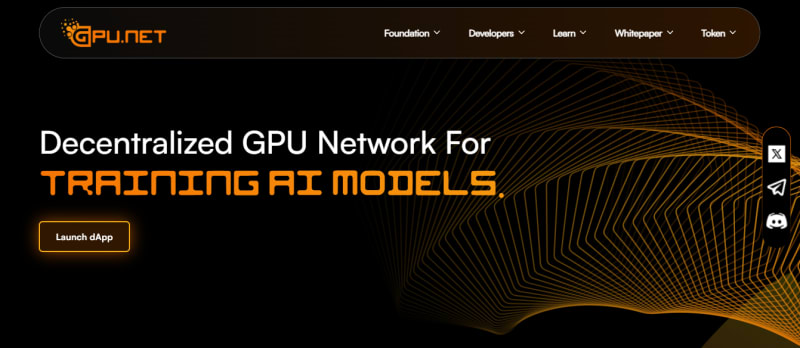
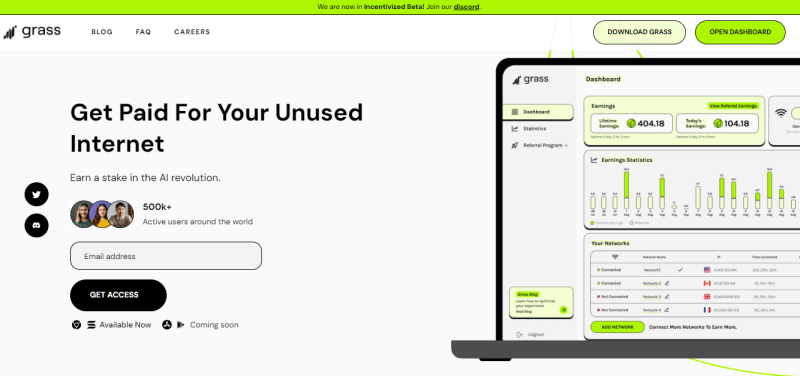

Top comments (0)